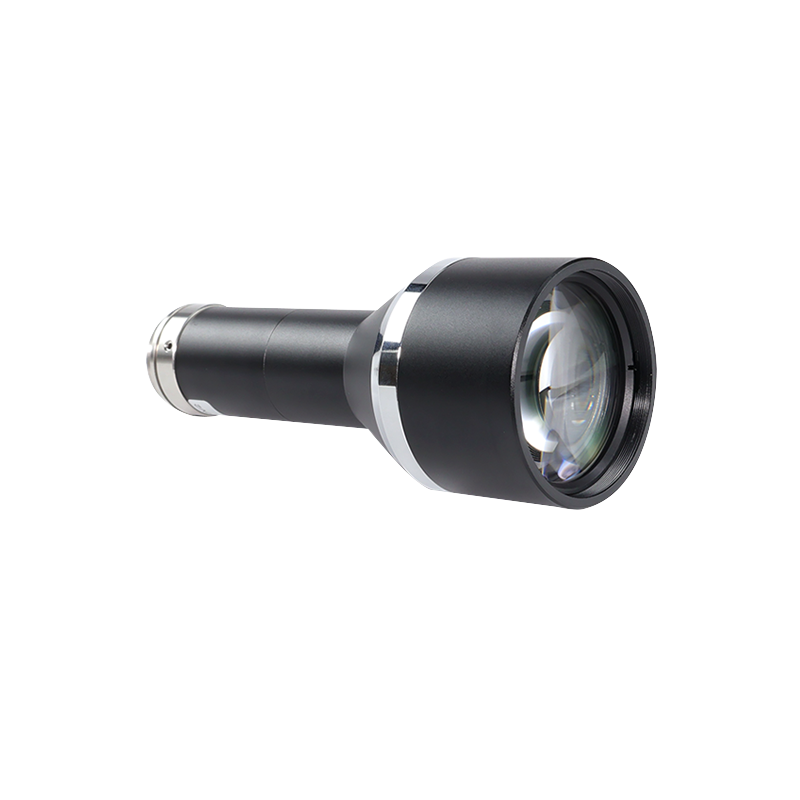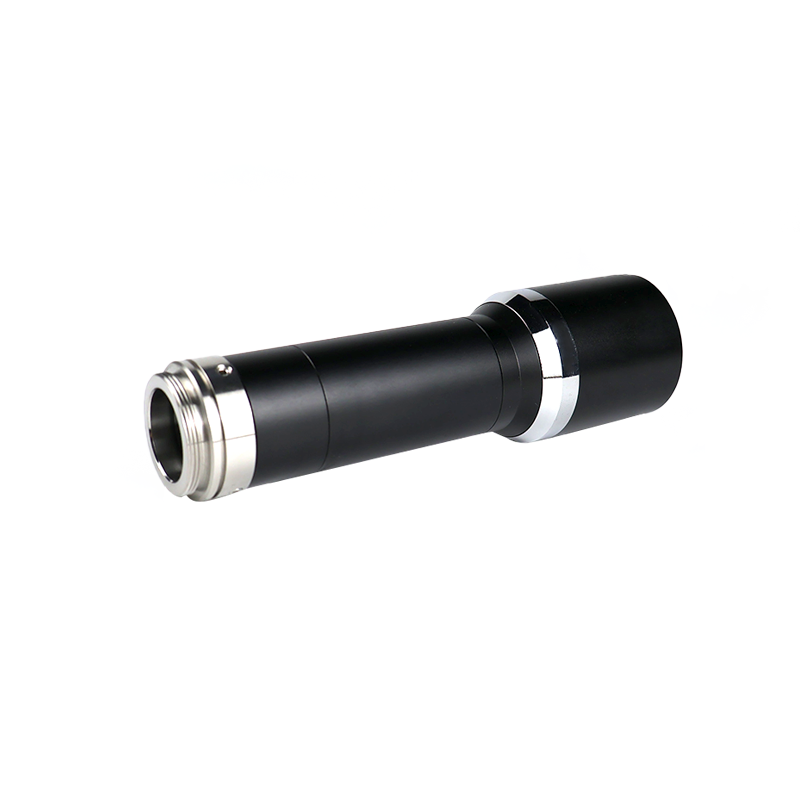The Importance of Telecentric Lenses in Precision Measurement
Understanding Telecentric Lenses
Telecentric lenses are specialized optical devices designed to enhance accuracy and precision in imaging applications. Unlike conventional lenses, which create varying magnifications depending on the distance from the object, telecentric lenses maintain constant magnification, regardless of object distance. This unique characteristic makes them indispensable for applications like machine vision systems where precise measurements are critical.
The hallmark of telecentric lenses is their ability to ensure that light rays entering the lens are parallel to the optical axis, a principle known as "telecentricity." By maintaining this parallelism, telecentric lenses eliminate perspective errors and provide consistent measurement results. This contrasts sharply with traditional lenses, which present magnification inconsistencies due to changes in object placement.
Telecentric lenses offer several key features that make them ideal for high-precision tasks. These include reduced perspective errors, which prevent distortion commonly seen in normal lenses, extended depth of field for clear imaging across varied distances, and enhanced image quality, which is crucial for applications that demand meticulous detail. Such features make them particularly suitable for industries like metrology and quality control, where minor discrepancies can significantly impact outcomes.
The Importance of Telecentric Lenses in Precision Measurement
Telecentric lenses are crucial for achieving improved accuracy and reliability in precision measurement applications, especially in quality control and machine vision. These lenses offer consistent magnification and high image quality, significantly reducing distortion and perspective errors that often challenge conventional lenses. In industries such as automotive and electronics manufacturing, where precision and repeatability are paramount, telecentric lenses enhance the capability of machine vision systems to produce accurate measurements consistently.
Compared to conventional lenses, telecentric lenses have a distinct advantage in minimizing measurement discrepancies. Traditional lenses can introduce distortion, where the size of an object changes with its distance from the lens, affecting measurement accuracy. In contrast, telecentric lenses maintain the same field of view irrespective of object distance, providing a constant magnification that eliminates these variations. This capability is vital in applications like dimensional measurement and inspection, where even minor deviations can lead to significant errors in quality control and manufacturing processes.
Applications of Telecentric Lenses
Telecentric lenses play a crucial role in machine vision systems, offering precise measurements essential for automated inspection processes. These lenses are designed to maintain constant magnification over varying object distances, eliminating perspective errors and ensuring accurate measurements. This characteristic makes telecentric lenses indispensable in industrial automation where precision is paramount, such as in defect detection and quality assurance tasks.
In the realm of metrology and quality control, telecentric lenses are integral to ensuring products meet industry standards. By providing highly accurate dimensional measurements, these lenses help verify that components adhere to specified tolerances. The precision offered by telecentric lenses ensures that measurements remain consistent, reducing the likelihood of errors that could lead to costly rework or product recalls, ensuring compliance with stringent industry regulations.
The automotive industry, in particular, benefits from the use of telecentric lenses, especially in manufacturing processes. From assembly line inspections to detailed component measurements, these lenses facilitate accuracy and efficiency. They are used to inspect parts for defects, align components correctly, and ensure that assembled parts meet precise specifications. The ability of telecentric lenses to deliver distortion-free imaging is vital in automotive manufacturing, where even slight inaccuracies can impact the overall performance and safety of a vehicle.
Selecting the Right Telecentric Lens
Choosing the right telecentric lens is crucial for ensuring optimal performance in your application. Key factors to consider include application requirements, object size, and the working distance. These factors help determine the appropriate lens configuration and ensure it meets the specific needs of your project. Depending on the application's complexity, you may need a bi-telecentric lens for higher accuracy and consistency, particularly important in precision measurement tasks.
When selecting a telecentric lens, it's important to review common specifications such as magnification, aperture, and sensor compatibility. The magnification must be suitable for the object's size and the desired detail level, while the aperture affects the light-sensitivity and depth of field. Lastly, compatibility with your camera sensor ensures that the lens can fully leverage the imaging capabilities of your system. Paying close attention to these specifications helps in choosing a telecentric lens that can minimize distortion and maintain measurement accuracy.
Products Overview
The HF110-07X11 Telecentric Lens is ideal for high precision applications where distortion must be minimized. With its 1.1" sensor size, 0.7x magnification, and a working distance of 110mm, it excels in scenarios that require exact measurements and consistent image quality. This lens is particularly suited for machine vision systems where accuracy is essential.
The HF110-03X23 Telecentric Lens is tailored for precision measurement tasks, featuring a 2/3" sensor size and optimized magnification for precise applications. Its design ensures low distortion, making it a valuable tool in metrological applications where accuracy and repeatability are critical components.
The HF110-05X23 Telecentric Lens is designed for high-speed camera applications, providing superb precision and quick adjustment capabilities. With a 2/3" sensor size and advanced F-number settings, this lens is ideal for fast-paced environments demanding rapid response times and detailed analysis, such as welding camera operations.
Future Trends in Telecentric Lens Technology
In the evolving landscape of telecentric lens technology, innovations in design are at the forefront, particularly with the introduction of new materials and coatings. These advancements are not just about enhancing optical performance but also about improving durability, which is crucial for long-term applications. For instance, advanced coatings can significantly reduce reflections and increase light transmission, leading to clearer and more precise imaging. This refinement is pivotal for applications that demand high precision, such as in machine vision systems where even the smallest detail matters.
Furthermore, the integration of artificial intelligence (AI) and machine learning technologies is set to revolutionize the applications of telecentric lenses. These technologies can significantly improve precision by enabling automated systems to learn and adapt to various imaging scenarios, thus enhancing the accuracy of tasks such as quality inspections in manufacturing or precision measurements in metrology. The use of AI-driven analytics, combined with the unique features of telecentric lenses, offers unparalleled capabilities for industrial and scientific applications. As these technologies continue to evolve, they will undoubtedly broaden the scope and efficiency of telecentric lenses in the imaging industry.


.png)


